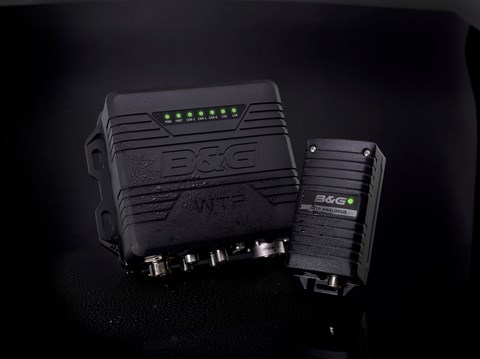The sailing instrument systems that had been developed by the end of the 1990s were highly effective pieces of equipment. The Sailmath WTP had led the way, achieving new levels of accuracy and responsiveness by using rate gyros to correct for errors in the wind speed and angle measurements coming from the yacht’s pitch and roll (see Part 2).
The developments kept coming though, the boats were getting faster, and there was always demand for improved speed and update rates; clearer, faster and higher resolution displays; increased flexibility for expansion; and greater accuracy through better sensors and calibration. As the new millennium began there was innovation across all these areas from established manufacturers, start-ups, hobbyists and professional sailing teams – just as there always had been.
The new high-performance systems that were developed in the 2000’s leaned heavily on progress in general computing. The hardware got more powerful, communications protocols improved, and the systems became much more flexible. More and different sensors could be attached, and users could develop bespoke algorithms for reading or calibrating the sensors and manipulating the data. This enabled the calculation of new data functions that were fully integrated into the system.

















